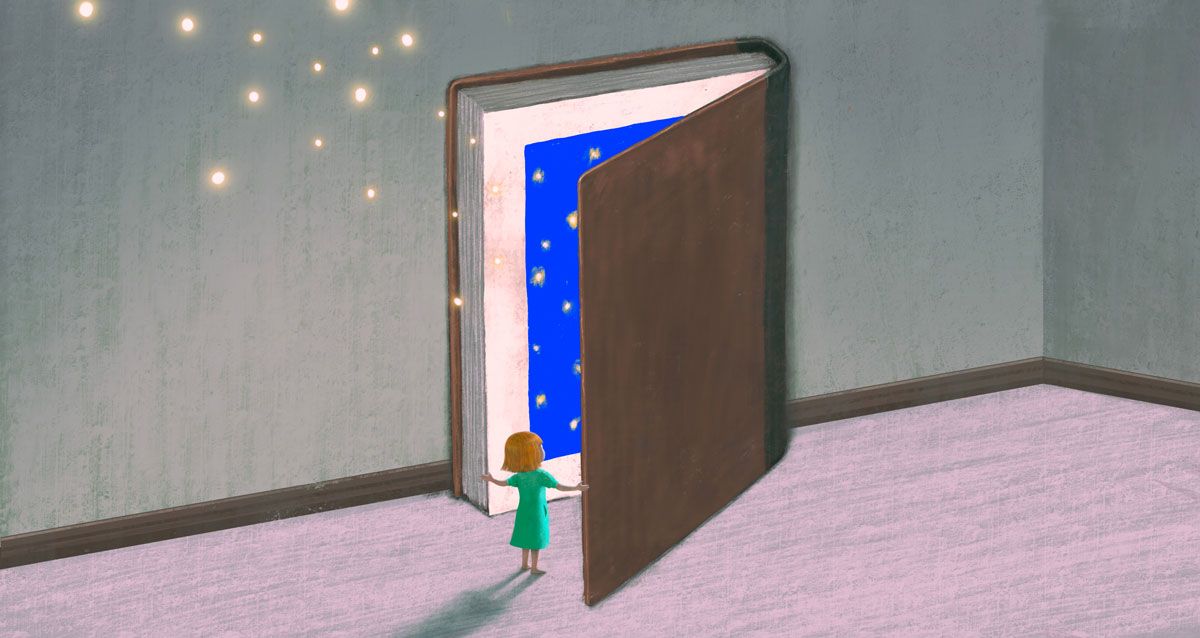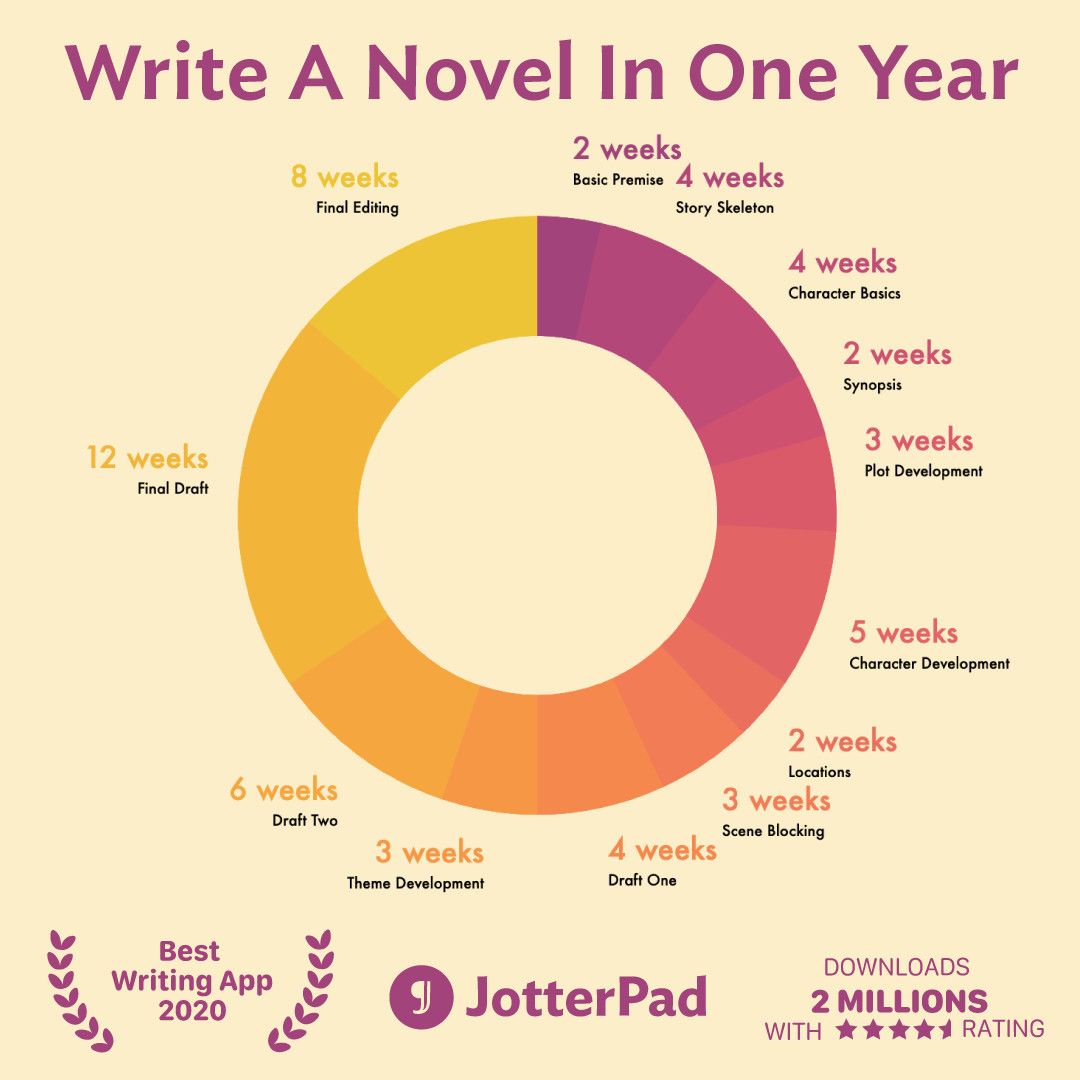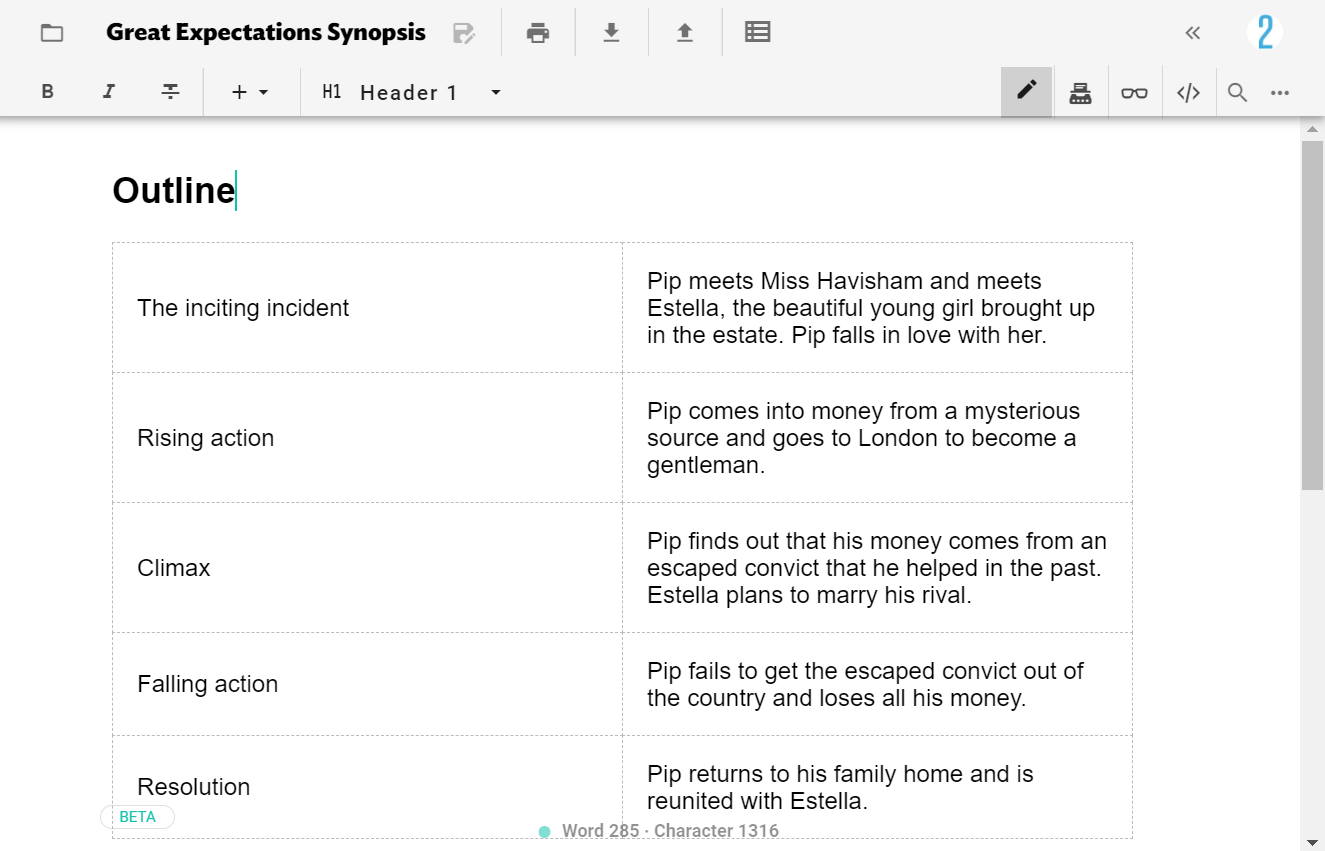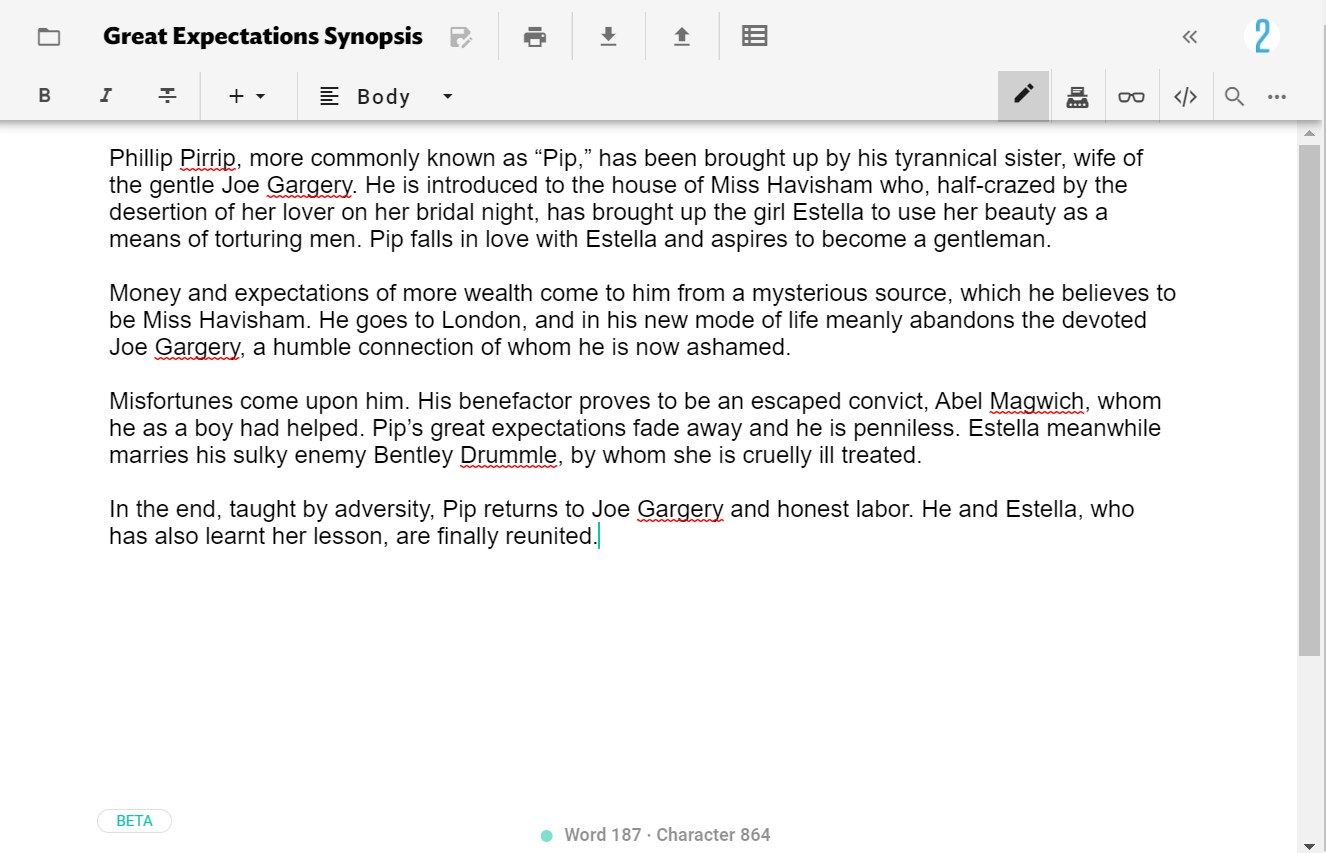How To Write A Synopsis For Your One Year Novel
A guide on how you can write a great story synopsis, both for making a publishing pitch and for planning your One Year Novel.

Welcome back to the fifth installment of our One Year Novel series! You should now be 10 weeks into our #OneYearNovel challenge, and you'll have completed your basic story premise, your story skeleton and your character profile sheets.

And now, it's time to move onto the fourth step: writing your story synopsis!
What is a synopsis, and why write one now?

Photo by Art Lasovsky on Unsplash
For those unfamiliar with it, a synopsis is essentially a summary of your book and shows how your plot unfolds. Think of how a Wikipedia page or a book review would summarize a story — that's how a synopsis would look like!
Traditionally, a synopsis serves to familiarize your readers with the story, and is written after the novel is completed. It's also a way for writers to pitch their work to agents and publishers.
However, writing a synopsis can actually also be a part of the planning process. It's often written as a fleshed-out version of your story skeleton or outline, and leads into a detailed exploration of the plot (which we'll look at in the next installment). And that is why we've planned for you to write a synopsis so early in our One Year Novel schedule.
It's also important to note that synopsis written during the planning process will be much less detailed than one written for a completed novel — and that's completely ok! But regardless, your synopsis should contain these 3 essential parts.
The 3 Essential Parts of a Synopsis
1. A complete narrative arc
The general trajectory of your novel should have already been covered in your story skeleton. Now, it's time to put it into prose form! Your synopsis should summarize your entire story from inciting incident to its conclusion.
2. The main conflict
The conflict in your novel is what drives the entire story and what keeps the readers reading, so it's natural that you should include a brief description of your main conflict in your synopsis.
3. Your characters
And who can forget the characters? After filling out your character basics in the previous installment, it's good to establish your protagonist(s) and antagonist(s) in your synopsis and how they are involved in your story.
4 tips for writing your story synopsis
1. Emphasize main character motivations
Character motivations are one of the main drivers of the story. After all, the plot wouldn't progress if the main character(s) never acted on their goals and motivations.
So, when writing your synopsis, it's important to establish what is it that drives your main character to go through the plot and overcome the conflict. For Tangled, Rapunzel is motivated by her desire to see the floating lights. In The Hunger Games, Katniss is motivated by her desire to save her sister and come back home alive.
And if you're writing your synopsis as part of the One Year Novel series, you've probably already established your protagonist's motivations in the previous part (and if you haven't, it's time to go back and do that). Now, the key is to properly integrate their motivations into the plot!
2. Highlight the unique points of your novel
No writer wants to write a cookie-cutter piece that will be passed over by agents and publishers. That is why it's important to highlight any unique points of your novel, or to plan for ways to make your story stand out among others.
(Though, it should be mentioned that trying too hard to have unique features in your novel can sometimes be a detriment.)
Some examples of unique features include:
- An unexpected plot twist
- An unreliable narrator
- A subversion of genre stereotypes and conventions
3. Make sure it all flows
For those who have been following our One Year Novel challenge, you'll likely be crafting a synopsis out from your story outline. When doing so, you'll need to put in extra effort to connect the different parts of your story in a coherent and cohesive manner!
Address questions like "how does the introduction lead to the inciting incident?", or "how does the protagonist get out of trouble here?" will help you connect key story beats. You will be, essentially, filling in the blanks in your story skeleton and paving a foundation upon which you can further develop later.
For now, a simple and brief connector will do. In the next part of our One Year Novel series, we'll be going back and refining the connections between the key story beats.
4. Look at professional synopses

Photo by Amelia Bartlett on Unsplash
There's no better way to learn how to write a synopsis than by taking a look at how they are professionally written! That said, looking at professional examples too often can cause your own synopsis to become stale and formulaic. Instead, use professionally written synopses as a guide when you're editing and refining your synopsis.
Here's an example of how you can write a synopsis out of a story outline, using Charles Dickens' Great Expectations. Here, we have laid out the story outline of Great Expectations using Freytag's Pyramid, one of the most common types of narrative structure, using JotterPad.

This is a synopsis of Great Expectations written in the Oxford Companion to English Literature, corresponding to each part of Freytag's Pyramid. You can tell how it is basically a fleshed-out version of the story outline written above. In addition to that, the synopsis has cleverly included key character motivations (Pip falling in love with Estella) as well as some details about Pip's backstory (being brought up by his sister and her husband).

This is just an example of how a professionally-written synopses can guide you through writing your own synopsis.
Whether you're writing a synopsis as part of the One Year Novel challenge, or to make a pitch for your novel, we hope that this has been helpful. To our One Year Novel series followers, have fun and good luck, and we'll see you in the next one!
Check out the next installment in our One Year Novel series: 7 Key Steps To Building Developed Characters

